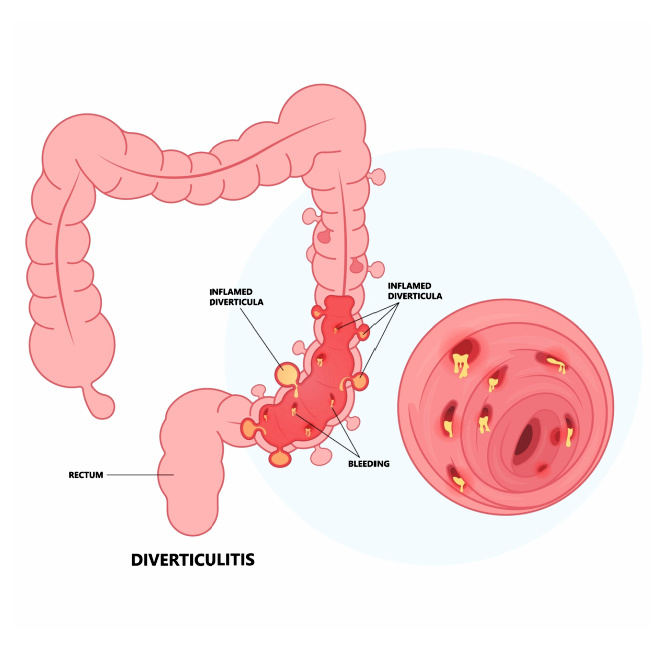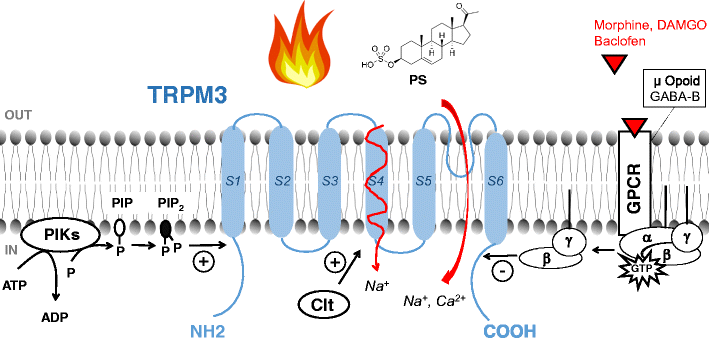Researchers at North Carolina State University have demonstrated a strong connection between cockroach infestations and poor indoor environmental health. Their study found that homes with larger cockroach populations had significantly higher levels of both allergens and endotoxins, while effective extermination efforts sharply reduced these harmful substances.
Endotoxins are toxic components of bacterial cell walls released when bacteria die. Cockroaches, which consume a wide range of organic materials, host diverse bacteria in their digestive systems. These bacteria are shed in large amounts through cockroach droppings, a major source of household endotoxins. Although humans and pets can also contribute endotoxins, the study found that a major portion of endotoxins present in household dust was linked directly to cockroach feces.
The research was conducted in several multi-family apartment buildings in Raleigh, North Carolina. The team measured baseline levels of cockroach allergens and endotoxins by trapping both airborne and settled dust. The analysis showed that homes with heavier infestations had higher concentrations of allergens, and female cockroaches produced roughly twice as many endotoxins as males because they consume more food. Kitchens contained the highest contamination levels due to greater roach activity.
Homes with infestations were divided into two categories: one received professional pest control treatment, and the other was left untreated. A third group of uninfested homes served as a control. After three and six months, the researchers reported that allergen and endotoxin levels remained high in untreated infested homes. In contrast, homes where cockroaches were eliminated saw drastic reductions in both contaminants.
The findings emphasize that partial control is not effective—small reductions in cockroach numbers do not meaningfully lower allergen levels, as remaining roaches continue to produce waste. Complete extermination is necessary to reduce health risks. The study was published in The Journal of Allergy and Clinical Immunology: Global and highlights the role of pest management in improving indoor air quality.







